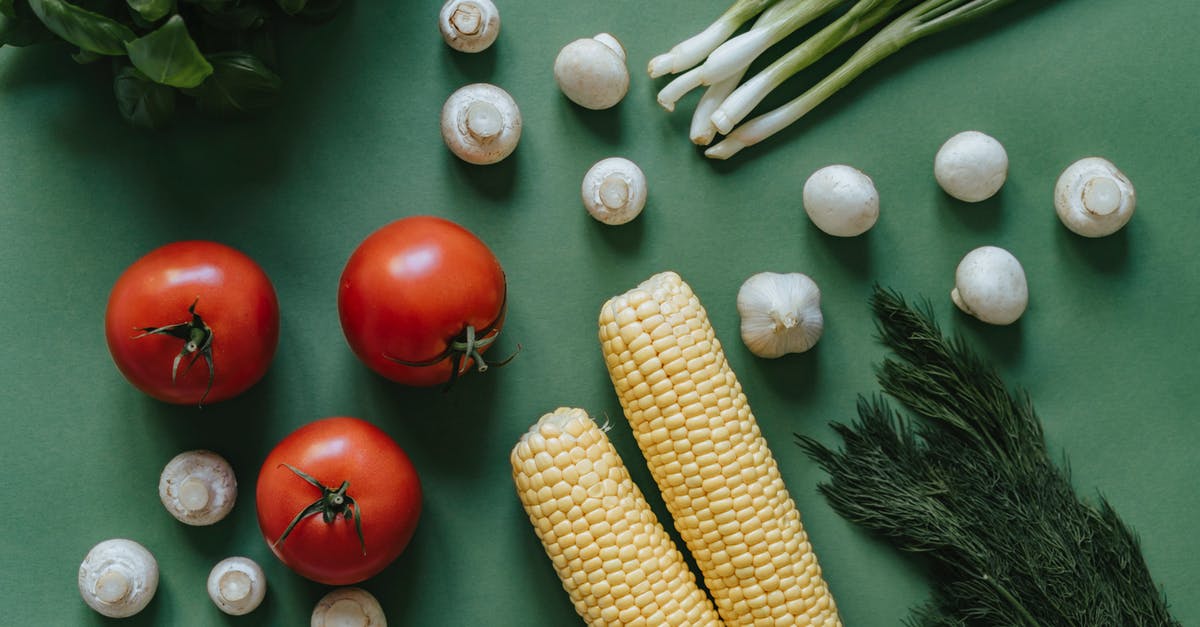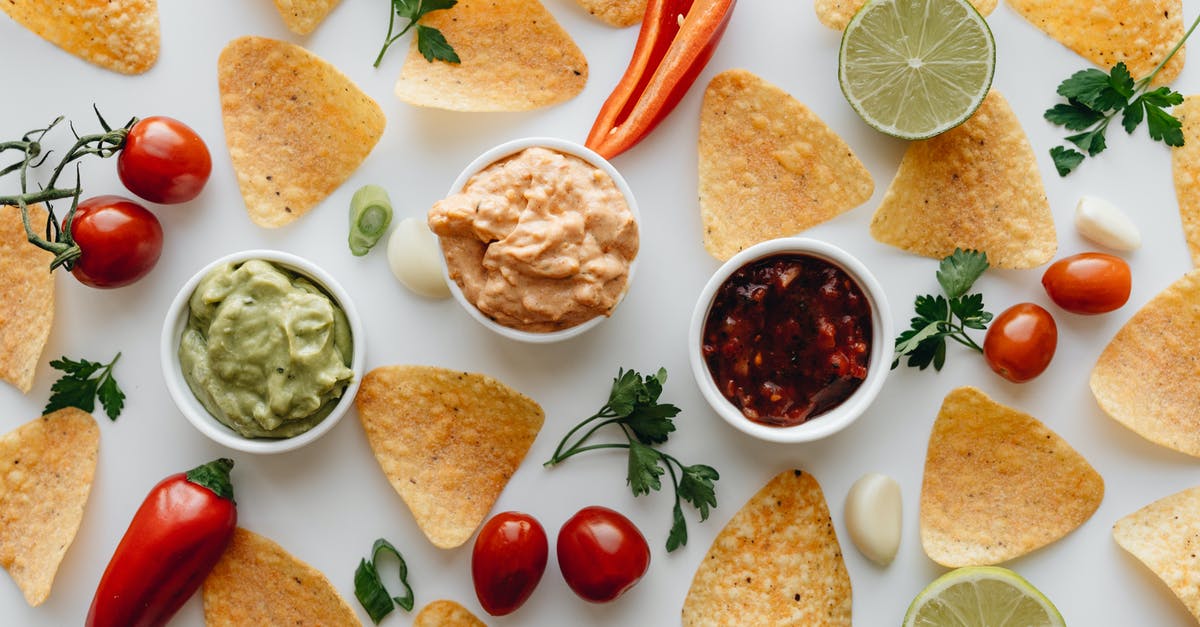Lime substitute for nixtamalizing corn

I want to have a go at nixtamalizing some corn. Upon doing some research I figured I could find the lime (calcium hydroxide) that's traditionally used for the process at the local international food market. Turns out all they sold was something called 'carbonato', which I'm pretty sure is just calcium carbonate. The lady at the store did tell me that people often buy it for boiling/processing corn, but I know enough food chemistry to know they wont' do the same thing. A similar search of the three big grocery stores in town for the lime turned up nothing.
So I thought I might be able to devise a substitution based on things I have on hand. I read you can make something similar to nixtamal with food-grade sodium hydroxide, (which I happen to have in abundance) but according to that recipe, when made with sodium hydroxide in place of calcium hydroxide, the flavor "has the bite of soda, and it lacks the rich corn chip fragrance of corn steeped in slacked [sic] lime".
My question is: before I go ahead and order some lime online, is there a possibility that a mixture of sodium hydroxide and some form of soluble calcium could give me the same or similar results (alkalinity and the right flavor) as lime? I have calcium sulfate and calcium chloride on hand, which will readily supply calcium in solution, and could easily pick up calcium carbonate.
My (very basic) chemical understanding is that, in solution, sodium hydroxide + calcium chloride would be roughly analogous to calcium hydroxide + sodium chloride, since they provide the same ions and are all soluble.
Could anyone weight in on this? Could this possibly be better aimed at the Chemistry SE?
Best Answer
At least in theory what you're proposing should work, however I wouldn't mix sodium hydroxide, calcium chloride, water and corn all in one pot as you seem to be suggesting. I'm not chemistry expert, but as I understand it sodium hydroxide and calcium chloride react easily when dissolved in water to form calcium hydroxide and sodium chloride. Having corn in the mix won't help the process so you'd be better off doing it as a separate step. Since calcium hydroxide doesn't dissolve in water very well, most of it will precipitate out making it fairly easy to separate out. Doing it this way you can make sure the sodium hydroxide doesn't end up reacting with the corn instead of the calcium chloride.
However making calcium chloride a home is something I've never tried myself, and I doubt anyone else here has either. There could easily be important considerations that I'm not aware of. So it probably would be a good idea to ask on Chemistry Stack Exchange about how to best go about producing calcium hydroxide from sodium hydroxide and calcium chloride. That is, assuming such a question is on-topic there, though from a quick check it looks like it should be.
There is however one important consideration that I can mention, one that I'm sure you already aware of, and that's the fact sodium hydroxide (aka caustic soda) is a pretty dangerous chemical. For that reason alone, I think Rick's answer is the correct one. Just buy food grade calcium hydroxide. When sold as pickling lime it's not at all hard to find online. During the fall you might be able it in local stores sold along with other seasonal canning-related goods. Another possible local source might be an aquarium store or club, as food grade calcium hydroxide is apparently used by aquarium owners as a cheaper substitute for aquarium specific products.
Pictures about "Lime substitute for nixtamalizing corn"



Why is lime added to corn?
Lime and ash are highly alkaline: the alkalinity helps the dissolution of hemicellulose, the major glue-like component of the maize cell walls, and loosens the hulls from the kernels and softens the maize.Is there a substitute for calcium hydroxide?
People, people people! If you don't have slaked lime, or don't want to burn your arms off with slaked lime, then just substitute BAKING SODA.Why is lime used in corn tortillas?
In conclusion, calcium absorption from corn tortillas is high and dependent on calcium concentration. The addition of calcium during lime treatment increases calcium concentration and total calcium absorption.What is an alternative for pickling lime?
A number of recipes offer alternatives to keep your pickles crunchy. These include soaking vegetables in ice water for four to five hours before pickling or using pickling salt. If you still want to use pickling lime for canning, just make sure you use food-grade calcium hydroxide.How to nixtamalize corn - turning it into healthy hominy and hominy grits.
Sources: Stack Exchange - This article follows the attribution requirements of Stack Exchange and is licensed under CC BY-SA 3.0.
Images: Viktoria Slowikowska, Mikhail Nilov, olia danilevich, alleksana
